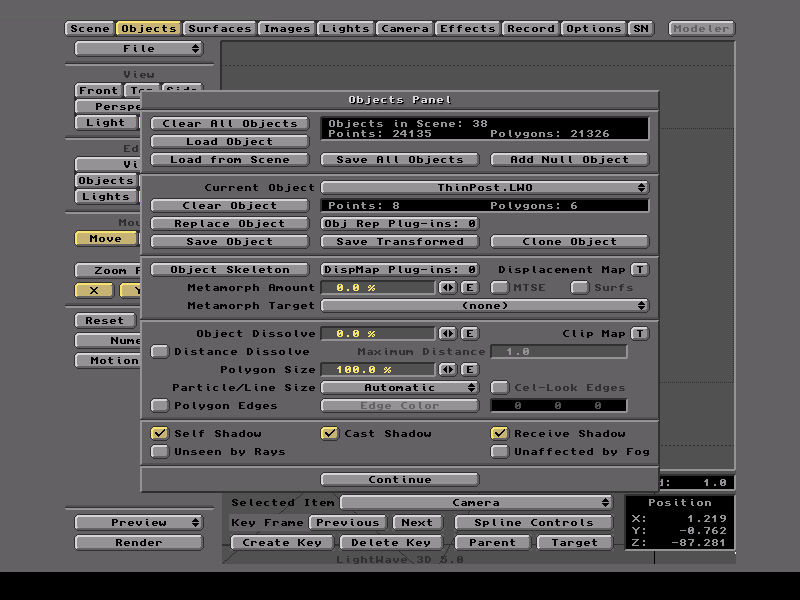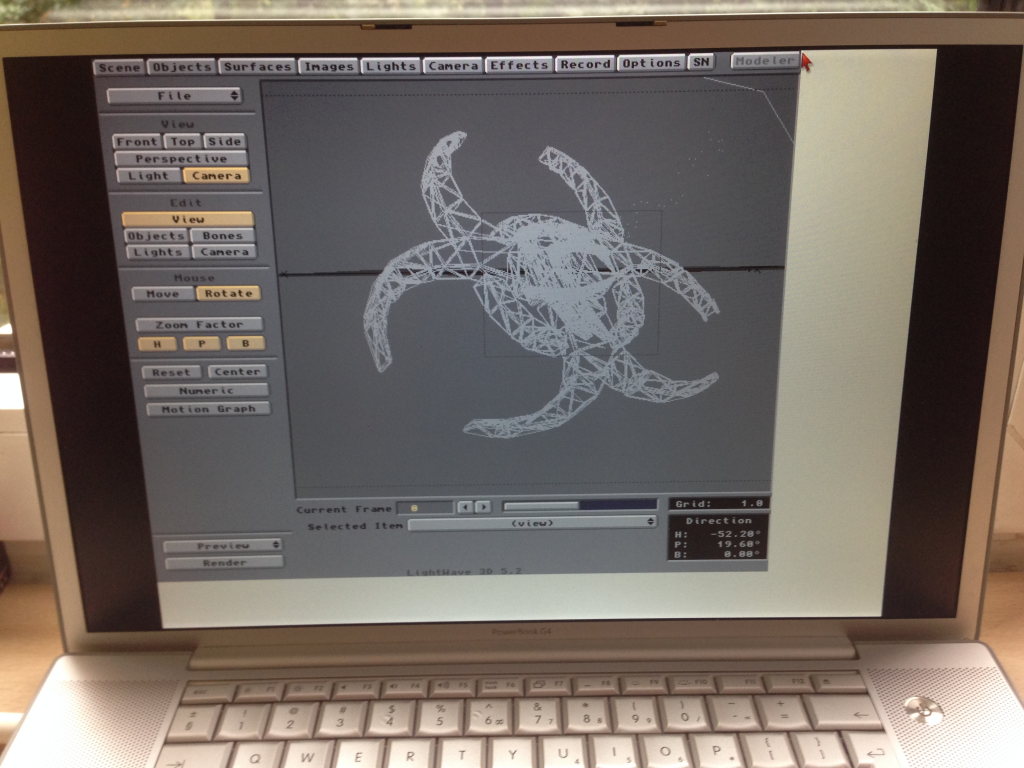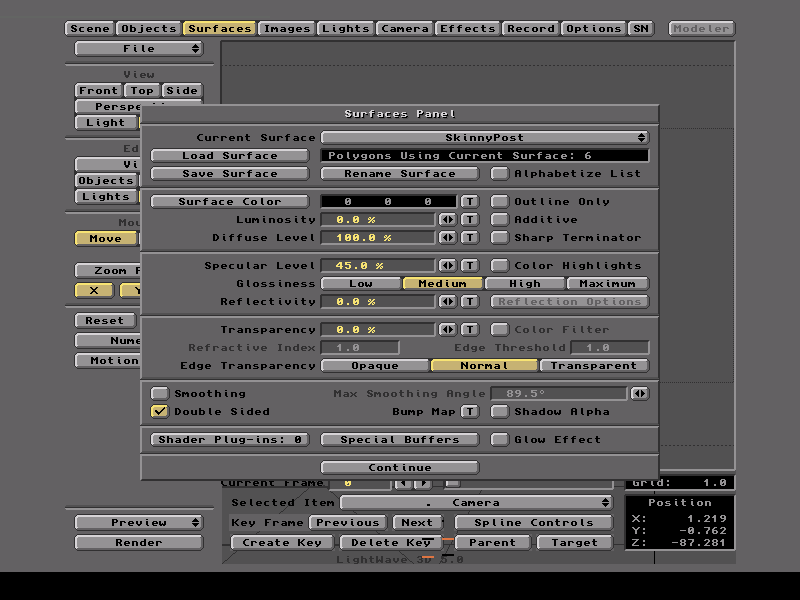

When each computer finishes the job of rendering the given frame, another will be assigned to it automatically, until all the required frames are finished. The idea (that Lightwave also implemented) is this: Instead of using your single computer to render each frame in your Scene sequentially, we’ll split up the frames and distribute the job of rendering each one, to separate computers in parallel. But back in the day, the engineers who built Lightwave came come up with a brilliant idea, to solve this problem: a render farm.Ī render farm is a term used to describe a group of computers, usually networked together, which all collaborate to render computer-generated images by sharing their resources. Today, that’s not much of a problem, since we can use emulation on much faster hardware, to run applications like Lightwave many times faster than any real 060 could. In fact, even the mighty 6800 are not fast enough to produce big scenes with hundreds of frames, in a reasonable timeframe (unless you’re willing to wait days or weeks!). Like all 3D raytracing programs, Lightwave requires a fast CPU to produce results. There were some “fake” higher versions around (5.1, 5.2), produced by pirates by hacking the version string – but they were based on an earlier version of the program, which is missing some features.

Little known trivia: The last version of Lightwave to run on Amigas was v5.0r.

Yes, we’re a weird bunch of people, I know… It went on to become available to other platforms besides the Amiga as well (which had the last release with v5.0r), being used in multiple Hollywood productions and independent films, and is still around today.īut we’re interested in the Amiga version here, and specifically what we can do with it today.
Amiga lightwave 3d software#
In the distant 1990, a 3D modelling, animation and raytacing package was released to the world: Lightwave 3D – it was originally running on Amigas with the Video Toaster card, but later became available as a standalone software package as well.


 0 kommentar(er)
0 kommentar(er)
